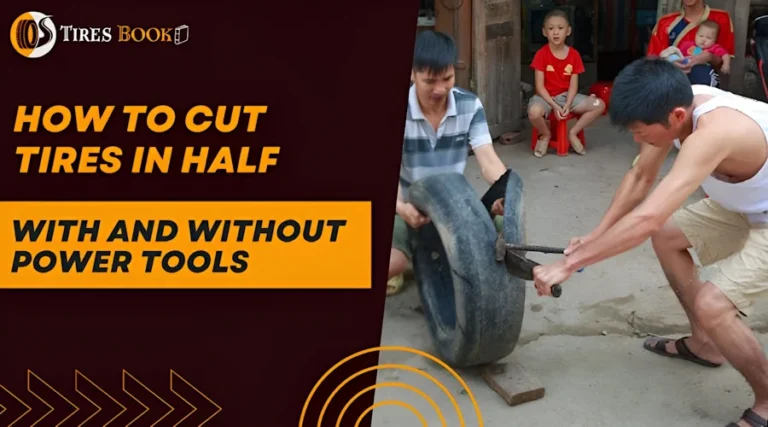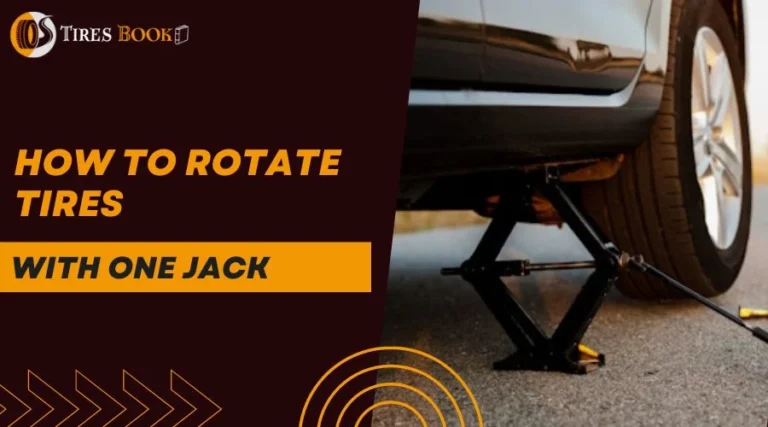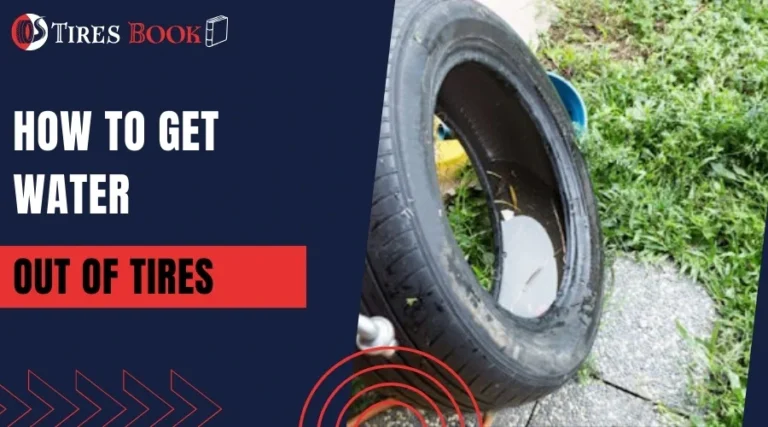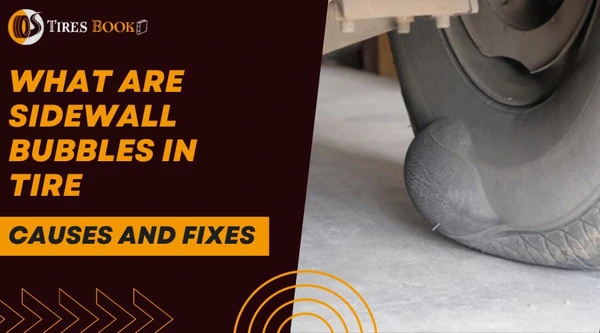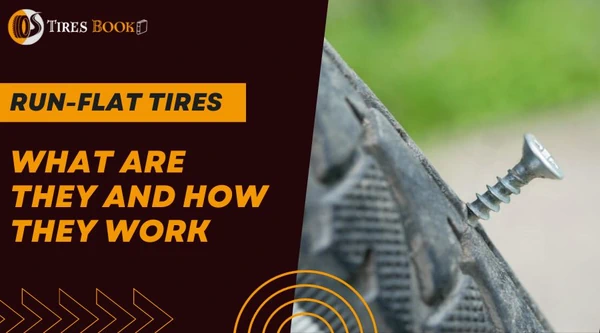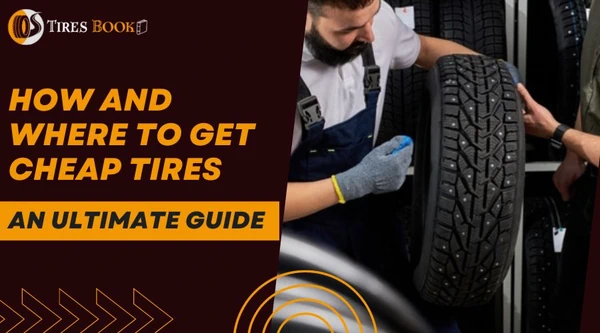Tire alignment typically takes 30-45 minutes. If a car has been in a severe accident and the wheel is bent, the process might take considerably longer. The alignment duration also depends on the expertise of the technician handling the job. Wheel alignment is a specialized service that requires the skills of an experienced mechanic to ensure accuracy and safety.
Wheel alignment is a crucial regular maintenance task for any vehicle. It ensures your tire stays in optimal condition and performs at its best. The purpose of a wheel alignment is to adjust a vehicle’s wheels to the manufacturer’s specifications. This optimization enhances performance, handling, and safety.
Proper alignment extends tire life and boosts fuel efficiency. It ensures smooth and stable driving by preventing the vehicle from pulling to one side or uneven tire wear.
In this comprehensive guide, our tire experts use their expertise to cover all aspects of this essential service. They discuss recommended intervals for alignments, symptoms of misaligned wheels, and the impact on fuel mileage. Timely wheel alignments help preserve the life of your tires.
Table of Contents
What Is Meant by Alignment in Tires
Alignment in tires also known as wheel alignment relates to the positioning and configuration of a vehicle’s suspension system. This process involves adjusting various suspension components. Adjusting camber, caster, and toe ensures the wheels align to the manufacturer’s specifications.
These correct angles can be found in the vehicle’s owner manual or maintenance guide. If you lost the owner’s manual or do not have access to it, you can consult with an alignment expert. Tire shops usually have a database with the correct alignment for your car model. You can also consult with your car manufacturer and request a copy of the manual.
Wheel misalignment can result from several factors. These include hitting potholes or curbs, experiencing normal wear and tear, and modifying or damaging suspension components [1]. Additionally, improperly performing previous alignments or installing new tires without adjusting alignment can contribute to misaligned wheels.
Why Is It Necessary To Align Wheels
It is necessary to align wheels for several reasons:
- Safety issues: Misaligned wheels can create handling issues and complicate vehicle control during turns or sudden maneuvers. This safety hazard may cause the vehicle to veer to one side, particularly dangerous in high-speed situations.
- Fuel efficiency: Incorrect wheel alignment can increase rolling tire resistance. This rolling resistance will raise your fuel costs [2]. By reducing rolling resistance by 3%, fuel consumption decreases by 1%, resulting in an additional .05 miles per gallon.
- Affects tread life: Misaligned wheels can result in uneven tire wear, causing premature wear on one side or feathering. This shortens the overall life of the tires.
- Damage to rims and suspension components: Misaligned wheels can place extra stress on rims and suspension components. This leads to premature wear and damage including inner tire wear as well.
- Driving comfort: Wheels that are not properly aligned can affect driving comfort. Because the vehicle fails to maintain a straight line or pull to one side. Additionally, misaligned wheels can cause significant vibrations in the steering wheel or throughout the vehicle.
- Reduced resale value: A vehicle with misaligned wheels may have a lower resale value. Potential buyers could worry about increased wear on tires, suspension components, and possible handling difficulties.
How Often Should You Align Your Wheels
It’s essential to consult your owner’s manual for the recommended alignment interval. If no specific time is mentioned, have a mechanic inspect your tires and wheels at least annually.
When installing new tires, it’s necessary to have a wheel alignment at that time. If you regularly drive on smooth tracks and highways, an alignment every two or three years may suffice. Conversely, if you frequently drive off-road, it’s advisable to inspect and align your wheels yearly.
Pro Tip: In some cases, your vehicle may need immediate wheel alignment. For example, if your vehicle encounters an accident, hits a pothole, or rides over a large stone, it’s crucial to visit a mechanic for an inspection as soon as possible. He will advise you whether the tires need alignment or not.
Researches are already in progress to develop portable wheel alignment detection devices. A study on wheel alignment detection with IoT embedded system was conducted in 2022 that aims to develop a portable wheel alignment device. Once these devices become available, drivers will be able to conveniently assess their wheel alignment without the need for a mechanic’s visual inspection.
Symptoms That Tell You It’s Time for a Wheel Alignment
There are several symptoms that indicate it’s time for a wheel alignment. These signs can help you determine when to visit a mechanic for an inspection:
- Vehicle pulling: If your car consistently pulls to one side on a straight, level road, it could indicate misaligned wheels. A study on the Influence of wheel alignment on steering pull also concluded that a bad alignment may not only cause the vehicle to pull on either side.
- Non-smooth wheel rotation: Vibrations or non-smooth wheel rotation on a smooth road may indicate a wheel alignment issue.
- Unusual tread wear: If you notice uneven or unusual wear patterns on your tires, it could be a misalignment issue.
- Difficulty handling steering: If you experience difficulty handling the steering, such as poor response to turns or inputs, it could result from misaligned wheels. Steering may feel heavy or display vibrations as well.
- Off-center steering wheel: When the steering wheel appears off-center while driving straight, it indicates a potential alignment issue. Your wheels may need alignment in this case.
If you notice these symptoms, schedule a wheel alignment check at a professional auto repair shop.
What Is the Cost of Tire Alignment
The cost of tire alignment can vary based on factors such as car type, wheel size, location, service provider, and issue severity. A two-wheel alignment typically ranges from $50 to $120. Meanwhile, a four-wheel alignment usually costs between $100 and $200.
Wheel alignment for luxury cars can cost $50-$100 more than the standard price as they may often need specialized equipment.
Additional services such as computerized wheel alignment may also cost more.
A two-wheel alignment typically involves adjusting only the front wheels. While a four-wheel alignment adjusts all four wheels, which can be more expensive. Ultimately, wheel alignment cost depends on your vehicle’s requirements and the repair shop’s pricing structure.
It’s a good idea to shop around and get a few quotes before deciding where to have your tires aligned. Some auto service providers offer tire alignment as part of a package deal. This may include other maintenance services, such as oil changes or tire rotation, at a discounted price.

